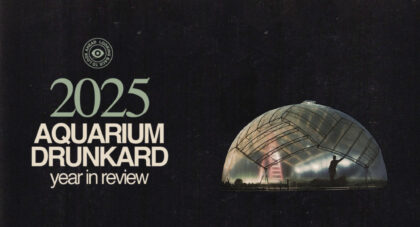Vernal Equinox introduced a new form of music, which Hassell and others who followed him called “fourth world,” a mix of classical Indian music, electronics, jazz, field recordings and ambient music.
More than 40 years later, the record still feels timeless and fresh, floating in a liminal space between the age-old traditions of raga and the innovations just beginning in electronics and tape manipulation . . .
Only the good shit. Aquarium Drunkard is powered by its patrons. Keep the servers humming and help us continue doing it by pledging your support.
To continue reading, become a member or log in.


